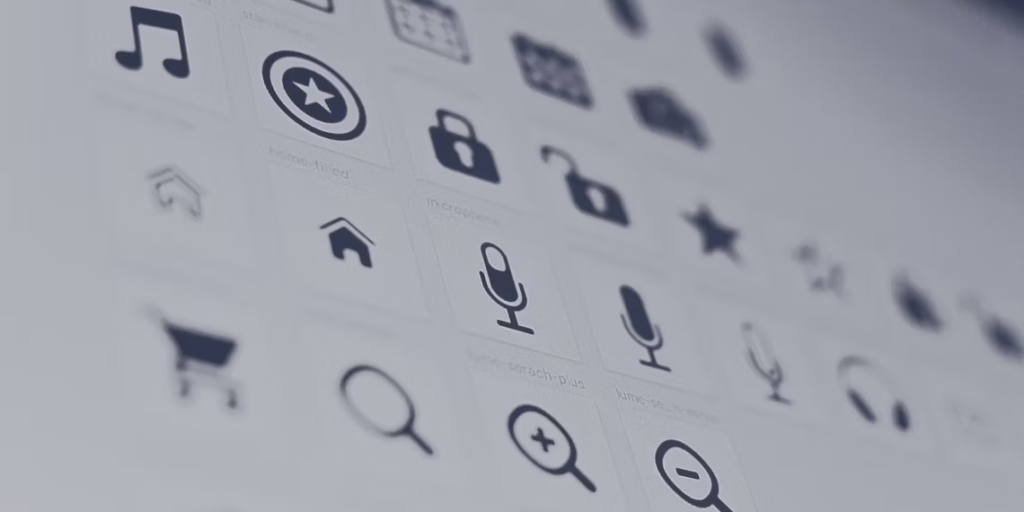SVG is a popular file format known for its adaptability in web and digital design. Let’s unpack what exactly this format is and how it’s used.
In the digital world, you’ve probably come across the term “SVG” quite often, but what exactly is it, and why is it so important? SVG, which stands for Scalable Vector Graphics, is a file format that has revolutionized the way we work with graphics in the digital landscape. In this blog post, we’ll delve into the fascinating world of SVG files and uncover why they are a game-changer for designers, developers, and anyone seeking sharp, flexible graphics.

Understanding Vector Graphics
To comprehend SVG files, it’s essential to grasp the concept of vector graphics. Unlike their pixel-based counterparts (think JPEG or PNG files), vector graphics are mathematical constructs. They use formulas and coordinates to define shapes and colors. The beauty of vectors lies in their scalability. You can resize them to any dimension without losing quality. This makes them ideal for logos, icons, and illustrations that need to look pristine, whether they’re a small icon on a website or a billboard-sized advertisement. GOOGLE LAUNCHES AI TRAINING COURSES: FREE & PAID OPTIONS FOR ALL SKILL LEVELS
Text-Based Magic
SVG files are essentially text documents. They’re written in XML (eXtensible Markup Language), a human-readable markup language. These files contain tags that describe the various elements in the image. It’s like painting with code. The advantage of being text-based is that SVGs are lightweight and can be easily edited with a simple text editor or specialized software. Glitter Textures 4K Free Download
Scalability at Its Core
The hallmark feature of SVG is scalability. Need your logo to fit on a business card or a massive banner? No problem. SVGs can scale without compromising quality, ensuring your graphics always look crisp and clear, regardless of the size.
Interactivity and Animation
SVGs aren’t static. With the power of JavaScript and CSS, you can breathe life into these graphics. They can be animated and manipulated, making them a powerful choice for creating interactive graphics, charts, and even browser-based games.
Browser-Friendly
Modern web browsers have embraced SVG, making it a go-to format for web developers. Including SVG graphics in web pages is a breeze, offering the flexibility of vector images to enhance web design.
Editing Made Easy
SVG files can be edited using various vector graphics software such as Adobe Illustrator or Inkscape. This means you can tweak and fine-tune your graphics to perfection.
Compact and Accessible
SVG files are typically smaller in size compared to raster formats because they store data about shapes and colors, rather than pixel data. What’s more, they can be made accessible to individuals with disabilities by including semantic information about graphic elements.
In essence, SVG files have become a cornerstone of modern design and web development. They empower designers to craft versatile, scalable graphics, while developers can use them to create interactive and dynamic web experiences. So, the next time you encounter an SVG, you’ll know you’re dealing with a file format that’s more than just an image – it’s a world of possibilities.